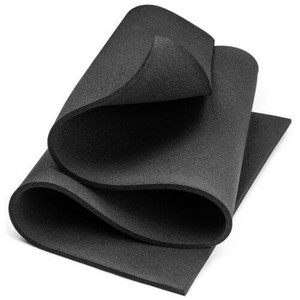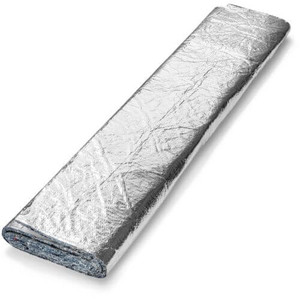Avoid Mistakes. Know What Sound Absorbing Foam Will Do… And What It Won't
Don’t buy a piece of foam, attach it somewhere in your car, and expect your car to be any quieter. Foam will not “block” unwanted noise like automotive mass loaded vinyl. It also will not work as a vibration damper for metal like our butyl rubber mat or liquid sound deadener.
Foam will, however, absorb airborne sound waves. The frequency and total amount of sound absorbed depends on the foam.
| Type | Product | Impact |
|---|---|---|
| Sound Deadening | Damplifier Pro, Spectrum Sound Deadening Spray | Stops noise from structural vibrations by deadening the metal |
| Sound Blocking | Luxury Liner Pro | Fused foam and MLV act as a heat and noise barrier |
| Sound Absorbing | OverKill Pro | Closed cell foam decouples hard surfaces |
| Sound Absorbing | Mega Zorbe | Open cell foam absorbs sound waves |








